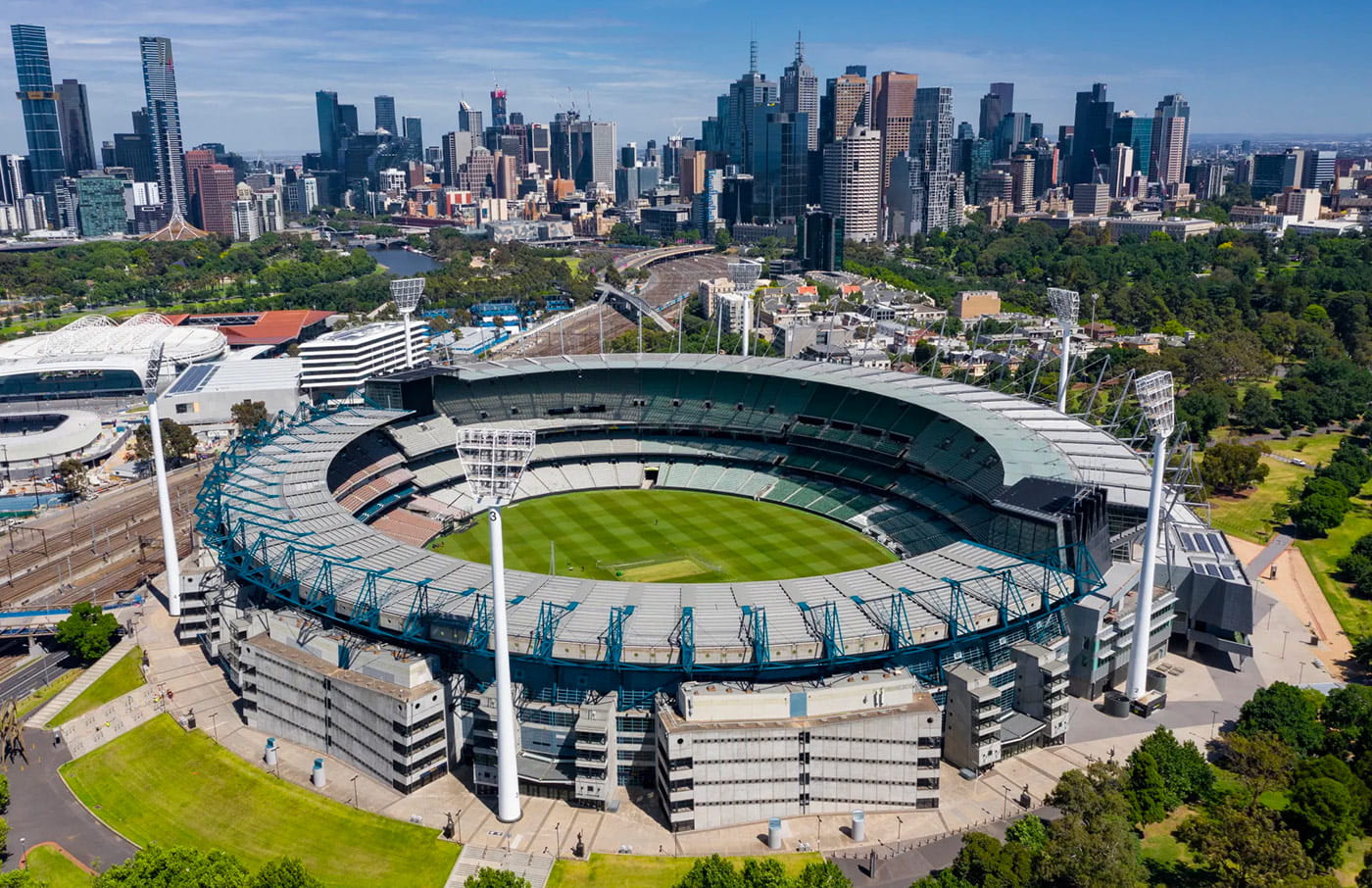Soccer, the world’s most popular sport, is played and celebrated in some of the grandest arenas ever built. These massive stadiums are not just venues for matches; they’re architectural marvels and cultural landmarks that host millions of fans every year. Here, we explore the five biggest soccer stadiums in the world, showcasing their size, history, and significance in the beautiful game.
Here's ads banner inside a post
1. Rungrado 1st of May Stadium – Pyongyang, North Korea
Topping the list is the Rungrado 1st of May Stadium, located in Pyongyang, North Korea. With a staggering capacity of 114,000 spectators, this stadium is the largest in the world. Opened on May 1, 1989, the venue was initially built for large-scale events such as the Arirang Festival, a mass gymnastics and artistic performance.

Here's ads banner inside a post
The stadium features a unique roof structure that resembles a magnolia blossom and covers an area of over 20 hectares. While it’s primarily used for soccer matches, it has also hosted wrestling events, athletics, and government-organized mass games. Its colossal size and distinctive design make it a symbol of national pride in North Korea.
2. Melbourne Cricket Ground (MCG) – Melbourne, Australia
While the Melbourne Cricket Ground is primarily known for cricket, it also serves as a venue for soccer matches, especially during major international tournaments and friendlies. With a seating capacity of 100,024, it’s the second-largest stadium in the world.
Here's ads banner inside a post

Opened in 1853, the MCG is one of the oldest stadiums on this list, boasting a rich history in sports. It hosted soccer matches during the 1956 Olympics and has been a regular site for soccer friendlies involving European clubs and national teams. Its versatility and massive size make it a beloved venue for sports fans in Australia and around the world.
3. Camp Nou – Barcelona, Spain
Camp Nou, the iconic home of FC Barcelona, ranks as the largest soccer-specific stadium in the world, with a capacity of 99,354. Opened in 1957, this legendary venue has witnessed countless historic moments in soccer history, including numerous Champions League matches and El Clásico showdowns between Barcelona and Real Madrid.

More than just a stadium, Camp Nou is a symbol of Catalan culture and identity. The club’s motto, “Més que un club” (“More than a club”), is reflected in the passion and pride of the fans who fill the stands. Currently undergoing renovations as part of the Espai Barça project, Camp Nou is set to become even more modern and expansive in the coming years.
4. FNB Stadium (Soccer City) – Johannesburg, South Africa
FNB Stadium, also known as Soccer City, is Africa’s largest stadium, with a capacity of 94,736. Located in Johannesburg, South Africa, it gained international fame as the venue for the 2010 FIFA World Cup final, where Spain defeated the Netherlands to claim their first title.

The stadium’s design is inspired by an African calabash, a traditional cooking pot, and its distinctive shape makes it instantly recognizable. Since its opening in 1989, FNB Stadium has hosted major soccer matches, concerts, and political events, including Nelson Mandela’s memorial service. It remains a symbol of South Africa’s love for soccer and its ability to host world-class events.
5. Rose Bowl – Pasadena, USA
The Rose Bowl in Pasadena, California, is one of the most famous stadiums in the United States, with a seating capacity of 92,542. Though primarily known for American football, it has played a significant role in soccer history as well. The stadium hosted the 1994 FIFA World Cup final, where Brazil defeated Italy in a dramatic penalty shootout.

In addition to the World Cup, the Rose Bowl has also hosted Olympic soccer matches, Gold Cup finals, and international friendlies. Its picturesque setting and rich history make it a cherished venue for soccer fans in the U.S. and beyond.
The Significance of These Stadiums
These massive stadiums are more than just venues; they are cultural landmarks that bring people together. From the fervent chants of fans at Camp Nou to the historical significance of FNB Stadium, these arenas embody the spirit and passion of soccer. They serve as stages for unforgettable moments, uniting millions of fans worldwide.
As soccer continues to grow in popularity, these stadiums will undoubtedly play host to more legendary matches and events. Whether you’re a die-hard fan or a casual observer, visiting these iconic venues is an experience that connects you to the global love for the beautiful game.

